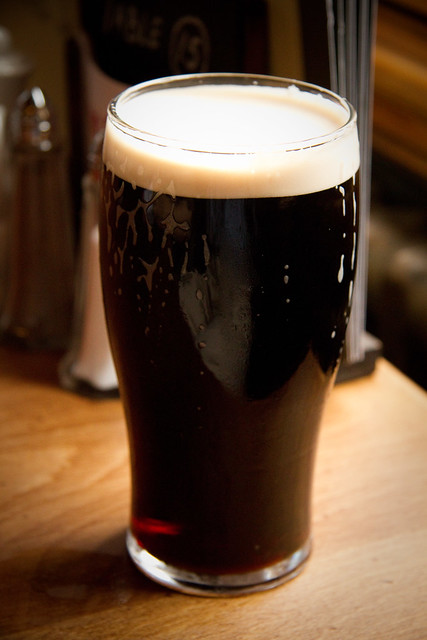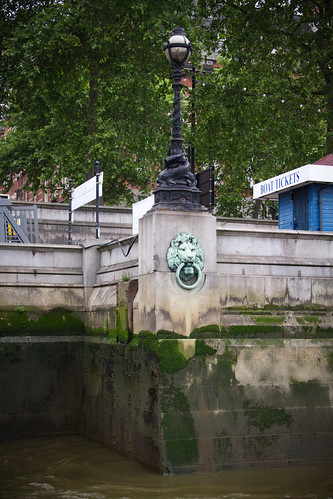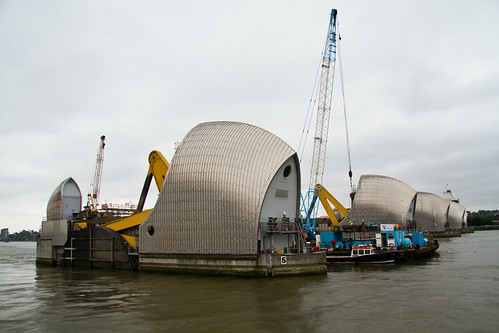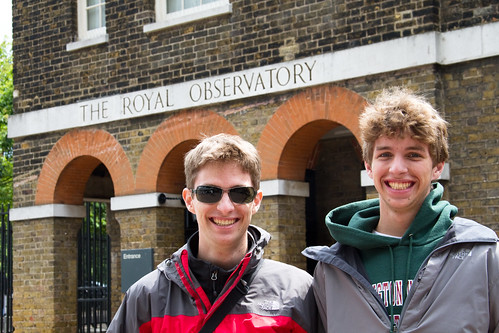Day 4
Our primary goal for Wednesday was to see Parliament in action, but that wasn’t until 3pm, so we started out with a visit to the War Museum underneath the ?? building. The museum is the underground bunker where Churchill and his Cabinet and staff ran the British effort in WWII from. Many of the rooms were locked up in 1945 after six straight years of use – they remain today in exactly the condition they were left in. Other rooms have been rebuilt based on photographs taken during the war to reflect authentically how they looked at the time. Connected to the War Museum is the Churchill Museum – a fascinating collection of photos, recordings, quotes and memorabilia of the Churchill’s life and career. This was all a tangible reminder of why they are called the “Greatest Generation.”

A wonderful interactive timeline of Winston Churchill's life in the Churchill Museum. Sliders along the side of the projected timeline allow you to select a year, which opens to months, which open to individual days with details in them.
Trafalgar Square was the next stop, with a brief pause in front of Downing Street, where Kevin spotted Deputy Prime Minister Nick Clegg walking past us on his way to Parliament. Somewhere between Downing Street, Trafalgar Square and the pub where we had lunch Sarah’s purse was slashed by someone presumably trying to steal her wallet. Luckily the purse had three internal layers and the slice only made it through the outer two, though a nick was clearly visible in the third layer. Nicked but not ‘nicked.’
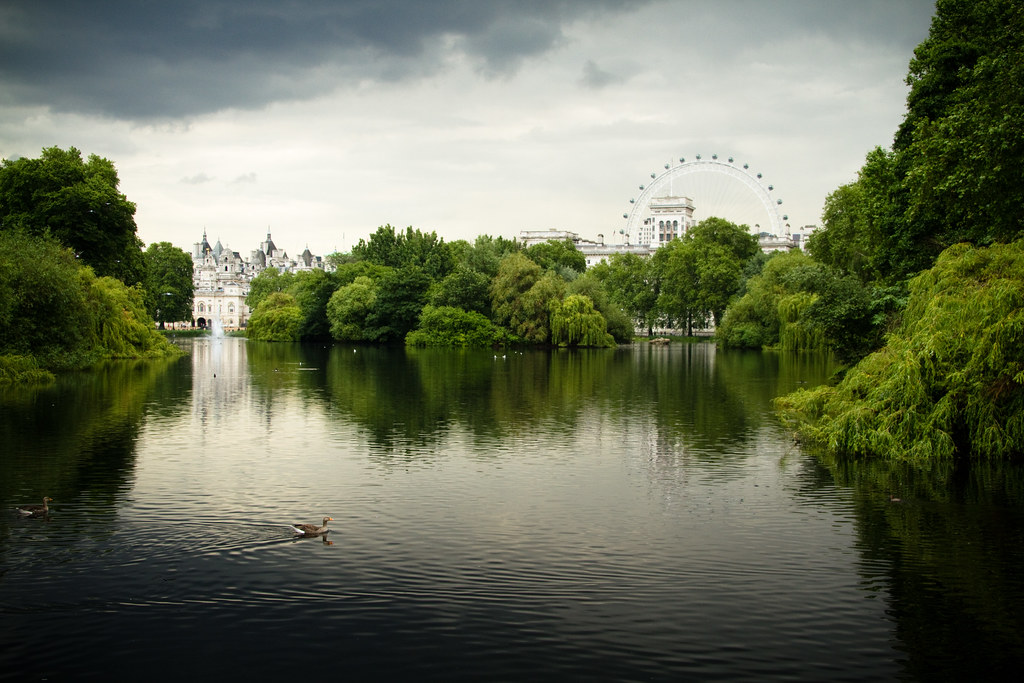
Overlooking the lake in St. James Park on the walk to Parliament. The London Eye and home of the Horse Guards can be seen beyond Duck Island.
We arrived at the Parliament Building around 3pm and managed to work past other people waiting in line thanks to now knowing someone on the inside. We sat in the gallery on the second floor of the House of Lords and watched the 30 minute open comment period that opens each session. Topics discussed included whether prisoners should be allowed to vote, tax treatment of low cap stock investments, and the impact of the BP Deep Water Horizon crisis on BP’s dividend. BP accounts for 14% of Pensions’ income in Great Britain, so not paying a dividend would have a huge impact on people living off their pensions.
After the House of Lords we sat above the House of Commons and listened to two first year Members of Parliament (MPs) give their maiden speeches. They were interesting, but generally focused on more local issues than what we heard in the House of Lords. Seeing Great Britain’s government in action was definitely a highlight of the trip.
Photography is not allowed inside Parliament, so we’ll have to go with this:
That evening we watched Prime Minister David Cameron’s 30 minute Q&A session before the House of Commons on TV. Prime Minister’s Question Time opens the House of Commons once a week and is a spirited back and forth between the PM and MPs, with perfect British politeness and formality tempered with insults and wit. Because it is Question Time, there is a Jeopardy strategy of all statements being presented in the form of a question.



